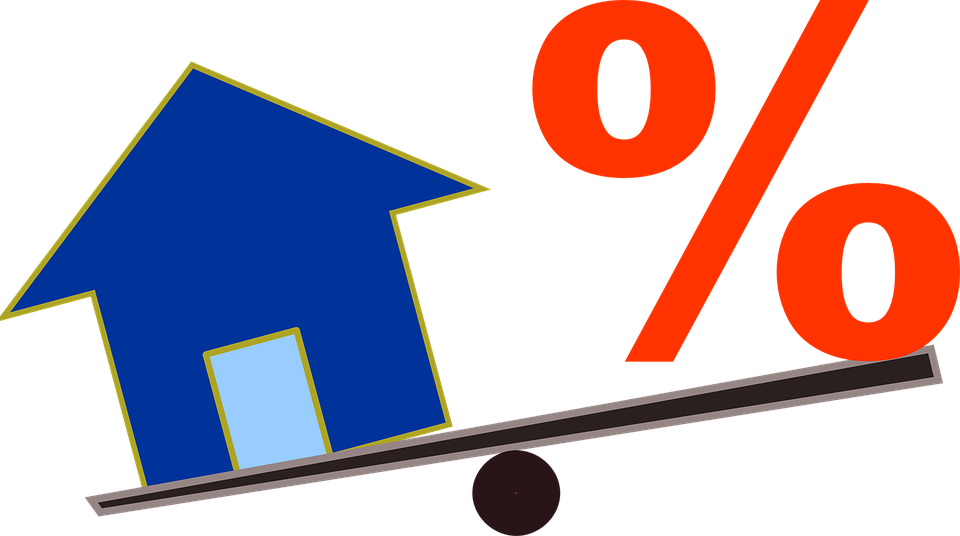If you’ve been following any mortgage-related blogs or news sources, you know that people are refinancing like crazy! In fact, the Mortgage Bankers Association says there are almost twice as many refinance applications now compared to last year. Low rates are attracting borrowers, but why exactly are so many people refinancing their mortgage? What are the benefits? And why are the rates so low? Read on to find out!
Next thing you know, Rates got Low, Low, Low, Low, Low, Low, Low, Low
Search for refinance rates in the news and you’ll see lots of articles about low rates. One article from Lifehacker claims that “Mortgage rates are the lowest they’ve been since 2016.” HousingWire says the same thing, citing data from Freddie Mac: “mortgage rates fell this week to a three-year low of 3.6%. Just one week ago, rates sat at 3.75%.” If there’s ever a time to refinance, it’s now. But why exactly are rates the lowest they’ve been in three years?
There are a multitude of things that impact the mortgage industry, but economist Matthew Speakman from Zillow believes one driving factor may be the U.S.’s trade war with China: “Mortgage rates fell to fresh multi-year lows this week as intensifying trade tensions rattled markets. Bond yields, which influence mortgage rates, have been consistently sliding over the past few weeks, as investors eagerly expected an easing to monetary policy. This week, however, rates fell sharply after the U.S. and China each took steps to escalate their months-long dispute.”
Speakman went on to say that the low rates may be here for a while still, due to the fact that “an agreement [is] nowhere in sight.” However, Peter Warden, editor for The Mortgage Reports, believes differently. Major stock indexes rising, gold prices falling, and other factors lead him to predict that mortgage rates are likely to rise soon. He advises those thinking of taking advantage of the low rotes that “if you’ve been holding off on locking, today might be the time when you choose to push the button.”
Find Savings with a Refinance
If you haven’t given any thought to refinancing your mortgage, now might be the time to consider it! According to Black Knight, as of August 8, 2019, these low mortgage rates could mean that an estimated 10 million borrowers could benefit from refinancing. If rates continue to stay low or drop even lower, that number of potential borrowers will climb even higher.
Just how much can you save with a refinance? Black Knight’s data shows that there are approximately 9.7 million borrowers who could reduce their interest rates by 0.75%. By lowering their interest rate by 0.75%, average borrowers could save $267 each month, or $96,000 over the course of a 30-year mortgage! That’s a huge chunk of change to save up. But be sure to calculate whether or not you can take advantage of these savings.
The Costs of a Refinance
Refinances have closing costs and other fees, just like other mortgage products. These fees can be several thousand dollars, so while you may save money in the long run, you have to make sure you can afford to refinance.
You should also find the “break-even point” for your refinance, or the point in time when the amount you’ve saved each month covers the loan fees you had to pay. If you plan on living in your home longer than the break-even point, it could make sense to refinance, but if you’ll be moving soon, you could end up spending more than you save. Fox Business gives the following example of a break-even point: “If you pay $4,500 in fees to save $150 a month, it will take 30 months to break even ($4,500 divided by $150 equals 30).” This means that, in this example, the borrowers should plan to stay in their house for 30 months or longer in order to benefit from their refinance. You should also consider the term you’re refinancing into – if you’re refinancing into a new 30-year mortgage, it could mean you’ll end up paying years more worth of interest, since you’re pushing back your pay-off date. However, you might also be able to pay off your loan early with the money you save each month. This is where talking to a financial advisor and calculating the costs versus savings for your individual situation comes in handy. Rates are low, so figure out if they could benefit you!
Come to Terms with It
While you can save each month by refinancing your 30-year mortgage, you can also refinance to a different term. Refinancing to a new 30-year mortgage usually lowers your monthly payment, but you can also refinance to a new mortgage with the same pay-off date as your current one. However, some people opt to refinance to a shorter term; for example, refinancing their 30-year mortgage into a 15-year mortgage. This means your monthly payment will be higher, but you’ll pay off your loan much faster, and will end up saving a lot in interest. Again, people interested in refinancing should figure out their break-even point to see if it’s worth it. Even though your monthly payment will be higher, if you want to refinance to a 15-year mortgage, you can still take advantage of these low rates to do so!
Ready to Refinance?
Ready to refinance, or at least want to check out these great rates? You can use RateZip to research lenders and find one that works for you! Or check out these articles for more information:
Time to Refi - Is now the best time to refinance?
All About APR - What is APR, and how is it different than an interest rate?
Great Mortgage Guarantees - Guaranteed on-time closing, better rate guarantee, and more!






















